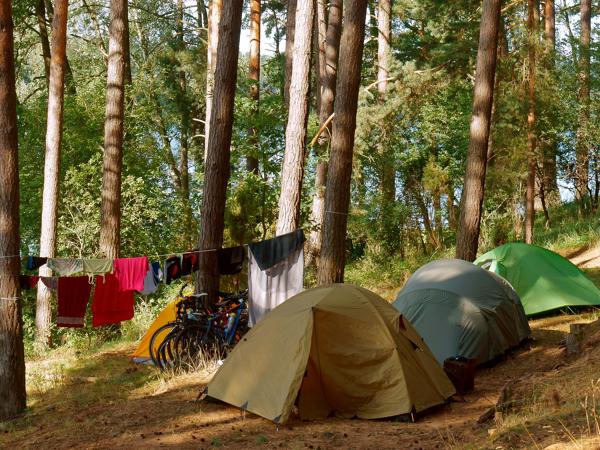Camping offers a unique way to connect with nature, but unfortunately, it can also pose a threat to the environments we cherish. Enter sustainable tents—an option for eco-conscious campers hoping to reduce their footprint without sacrificing comfort or convenience.
What Makes a Tent Sustainable?
Sustainability in tents extends beyond simple durability. It encompasses the materials used, the manufacturing process, and the tent’s lifecycle. Here are some aspects to consider:
- Materials: Sustainable tents might use eco-friendly fabrics such as organic cotton, recycled polyester, or hemp. These materials minimize the use of harmful chemicals and reduce waste.
- Manufacturing Practices: Some brands prioritize ethical labor practices and energy-efficient manufacturing processes.
- End-of-Life: A sustainable tent should be made from materials that are easily recyclable or biodegradable at the end of its lifespan.
Why Choose Sustainable Tents?
Sustainable tents provide numerous benefits:
- Environmental Impact: Choosing eco-friendly tents helps to minimize harm to forests, waterways, and wildlife habitats.
- Support for Ethical Practices: Purchasing from companies committed to sustainability supports fair labor practices and reduces carbon emissions.
- Durability: Many sustainable tents are designed with longevity in mind, often resulting in a product that lasts longer and provides better value over time.
Features to Look For
When purchasing a sustainable tent, consider these features:
- Recycled Fabrics: Some manufacturers, like The North Face, have started using recycled materials for their tents. This reduces the need for new raw materials and limits waste.
- Non-Toxic Dyes and Treatments: Eco-friendly tents avoid harmful finishes, opting instead for water-repellent coatings that are PFC-free.
- Repairability: A good sustainable tent should be easy to repair, extending its lifespan significantly.
- Eco-Friendly Packaging: Look for brands that use minimal and recyclable packaging materials.
Examples of Sustainable Tents
Here are a few examples of brands and models embracing sustainable practices:
- Big Agnes Salt Creek SL: This tent uses solution-dyed fabrics, which reduce water consumption and extend the life of the fabric while minimizing pollution.
- Marmot Limestone: This model features recycled polyester fly and canopy materials. Marmot is part of the bluesign® system, which ensures materials are safe for the environment, workers, and consumers.
- NEMO DaggerⓇ Osmo™: It utilizes 100% recycled materials and a PFC-free water repellent, showcasing a dedication to minimizing environmental impact.
Responsible Usage Tips
Even the greenest gear benefits from mindful usage. Here are a few tips to ensure your camping remains as low-impact as possible:
- Leave No Trace: Set up campsites on existing, durable surfaces rather than pristine areas.
- Regular Maintenance: Caring for your tent properly can extend its life. Keep it clean and store it dry to prevent mold.
- Eco-Friendly Campsites: Whenever possible, choose campsites that prioritize sustainability efforts, such as those certified by Green Key.
Purchasing and using a sustainable tent can be a significant step towards reducing your environmental footprint while enjoying the outdoors. The choices we make, from materials to care, all play a part in preserving nature for future generations.




